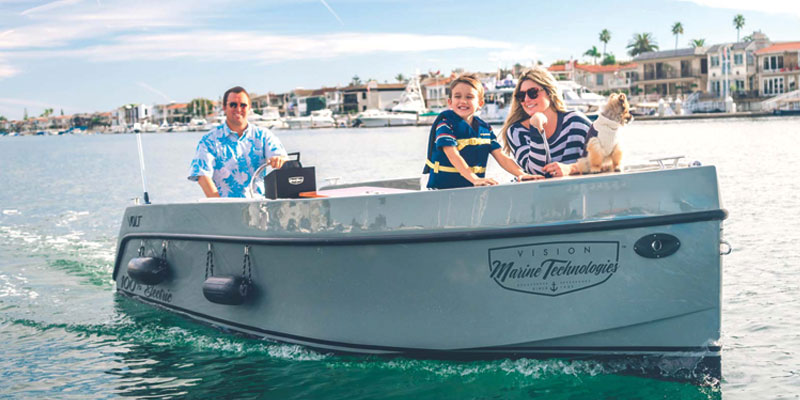Handheld Marine Gps - A Guide To Buying One
Handheld Marine Gps - A Guide To Buying One
Blog Article
The world we reside in is complete of natural catastrophes. You've become aware of major cyclones, like Katrina. Or major earthquakes that shook the world with the devastation left, like in Haiti. In order to make it through a major catastrophe, early detection is the key. With weather condition alert radios you have the ability to discover out what is going on.

Water makers are marine electronic devices that let you turn ocean water (which is much too salty for consumption) into fresh drinkable water. Hand-operated and portable water makers are essential gizmos, particularly for prolonged trips when fresh mineral water runs short.
We as a society are getting depending on modern technology to make our lives much simpler. Hey, I am one for the much easier life, however not at the expense of my health!
Their audio pieces are constantly understood to be a stunner. Each design from this maker Maritime Technology never ever stops working to astonish the customers. Not only do they provide good quality sound, they also look great.
Which is to buy secondhand equipment. or possibly you prefer the more modern-day term "used". If you do not mind obtaining formerly owned equipment and you can securely determine the devices is in great working order, this can be a very great option.
The company possesses having numerous patents in numerous innovations. Suzuki also uses a 60HP 4 stroke outboard motors which is much lighter, smaller and fuel effective then the previous model.
All ships had finishes applied to protect them from the harsh environment of the seas. Of course the option is yours on how you wish to complete your design. Need to you choose to put a surface on it, you must attempt to keep to the surfaces offered at the time the ship maritime infrastructure changes existed. For example, below the waterline the hull was often painted with wood-coal tar, which coloured it a dark brown or almost black. After the 16th Century, sulfur was added to the tar which left the hull with a yellowish-grey tinge to it. If sulfur was not used, a white lead paint was and this left the hull an unclean white colour.
Report this page